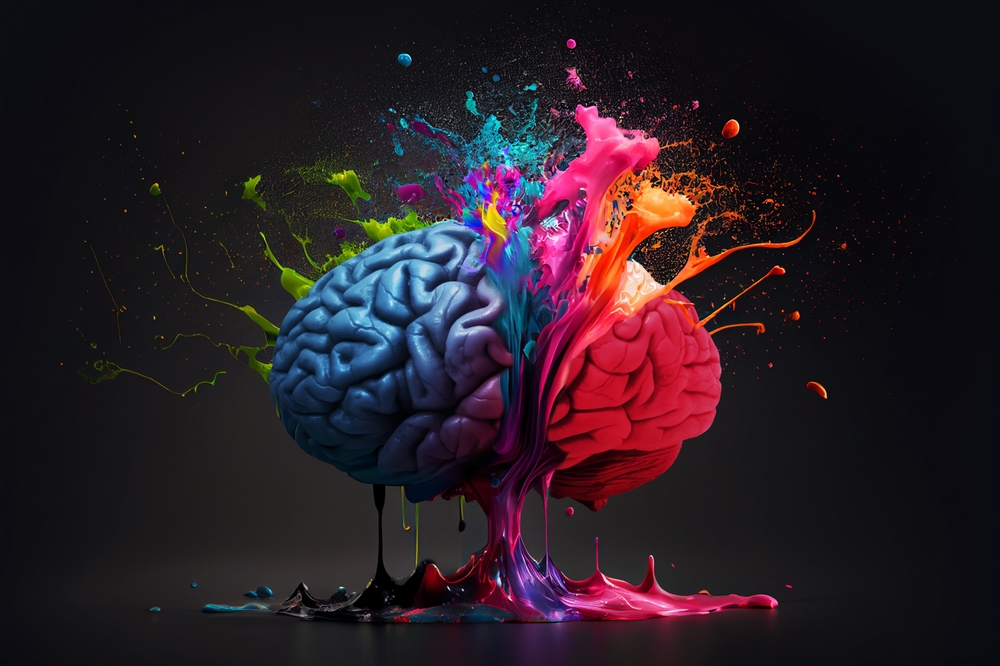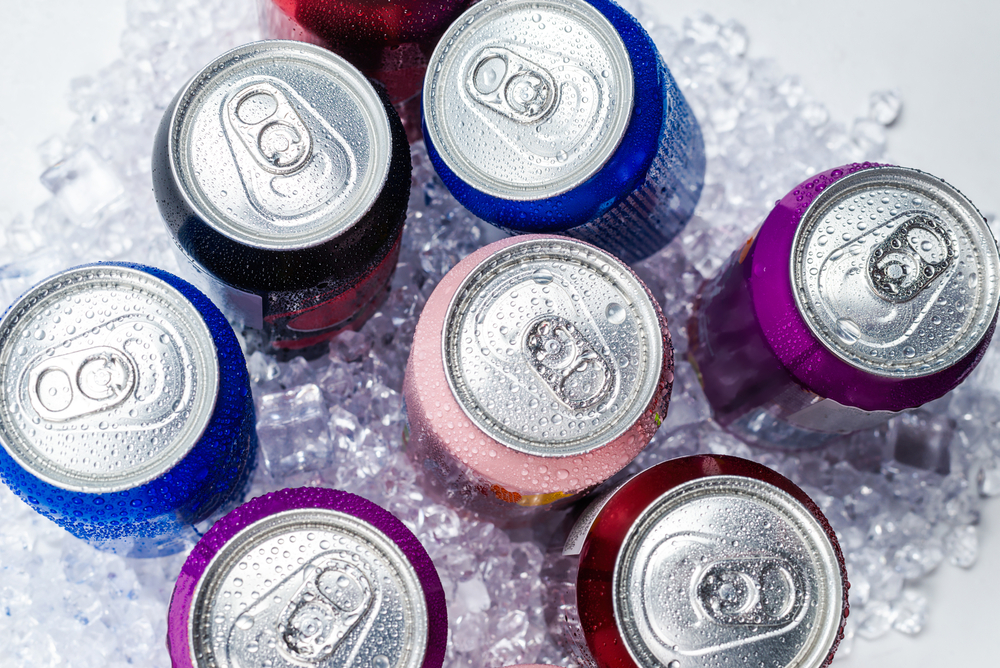FACER’s Managing Director talks sustainability, collaboration, and the future of cartonboard packaging.
Sidebar
Help and Learning


Tale of the tear tapes
By Sarah Rutland, Market Development Manager at Filtrona Tapes
There is no room today for the pleasantly old-fashioned in a congested, fast-paced packaging world anymore. When it comes to innovation in packaging, the pace of change has rarely let up in recent years. And you tend to find the brand owners and packaging producers that are consistently delivering all boast a learn-it-all culture as opposed to a know-it-all culture.
Keypoint Intelligence Unveils the Future of Folding Cartons in the Third Report of a Five-Part State of the Industry Series
Keypoint Intelligence recently published a State of the Industry report for the Folding Carton industry. Part of a five-report series Keypoint Intelligence's State of the Industry reports serve as a comprehensive exploration into digital adoption within the labels and packaging sector, aiming to dissect and understand the dynamics at play.

A Turnaround in Labeling and Product Decoration Market with a Positive Outlook on the Horizon
Labeling and product decoration is critical to the packaging industry, combining the essential information to identify a product with the sales enhancement properties of branding and on-shelf visibility.

Packaged Wisdom: Unwrapping the Fifth Annual Mondi eCommerce Report
Nearly half of consumers have bought via social commerce in the last year.
Study exposes high cost of pharmacies printing medical information leaflets
Intergraf welcomes the release of a study by our partner MLPS (Medical Leaflet = Patient Safety), a subgroup of the European Carton Manufacturers Association (ECMA) shedding light on the potential economic costs associated with the proposed use of Print on Demand (PoD) leaflets in the pharmaceutical legislation revision.

Flint Group launches whitepaper on the role of Narrow Web inks and coatings in Food Contact Material applications
Flint Group has announced the release of a comprehensive whitepaper to outline the role of inks and coatings in supporting safe food packaging.

New scientific evidence proves Avery Dennison’s label solutions do not hinder the recycling of HDPE packaging
The findings of the semi-industrial trial come out of a study initiated by Avery Dennison and performed by The National Test center Circular Plastics assessing the releasability of filmic labels during rigid HDPE packaging recycling

When it comes to sustainable innovation in FMCG, the pace of packaging change rarely lets up
Blink and you’ll miss a new game-changing packaging innovation go by – that’s why shows like Packaging Innovations are now must-sees for any business looking to keep up

Today’s packaging is all about memorability
Easyfairs Senior Marketing Manager James Montero MacColl explains how the best thing about memories in the packaging sector is making them.

Refreshing change: Staying relevant in the constantly evolving drinks category
2024 is already upon us, bringing new and old challenges for the drinks packaging sector.









